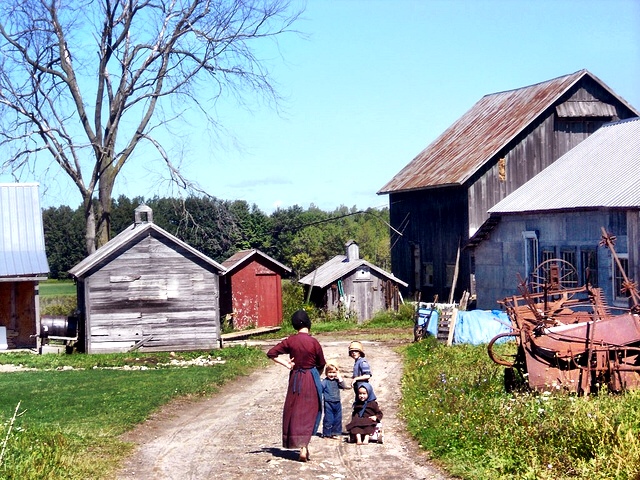By Margaret Barthel
There’s a new player in game stake-outs and outdoor gear stores this hunting season: the female hunter, and she’s causing a stir. The Census Bureau reports a 25 percent uptick in the amount of women hunters between 2006 and 2011, and the retail and recreation communities are taking notice of the change, with many states offering programs to teach women the tricks of the outdoorsman’s trade and new product lines designed for the female body emerging from Cabela’s and other large outdoor stores. Women still only make up approximately 11 percent of total hunters, but the growth of their numbers is still telling.
Where might the impetus for women’s inroads into a very traditionally male field come from? National Geographic notes that women, who still typically control family decisions about diet, nutrition, and other food-related issues, have lately been leading the charge for sustainable, locally-grown food and farming by organizing CSA farm share schemes and farmers markets. Such initiatives offer many positive outcomes, including strengthening local economies and businesses, providing high quality, fresher food, and establishing more sustainable living practices in an age of faraway factory farms and produce delivered from around the world.
Given women’s growing leadership in the local food movement, it’s possible that women’s hunting arises from their desire to supply themselves and their families with fresh, local meat, which is often less readily available than fresh, local produce. The major players in the US meat industry–huge factory farms–tend to be concentrated in the Midwest and some in California, with New England, the Mid-Atlantic, and northern Rocky Mountain regions having particularly sparse representation. Furthermore, factory farm practices often raise ethics and sustainability questions. Hunting, in comparison, is a much more local and environmentally-friendly way of providing meat to women’s families, and many tout its ability to bring hunters back into touch with their impact as consumers on the natural world.
If women’s involvement in hunting does arise from an increasing desire to eat local, they could represent an interesting bridge between the environmental, green rhetoric of the sustainable food movement and the more traditional (usually masculine) hunting sphere, which typically emphasizes camaraderie and rural traditions as motivations to hunt. With women’s participation on the rise, hunting might just become the next frontier in local food.
 About the Writer
About the Writer
Margaret Barthel recently graduated from Smith College with a degree in English Language and Literature. Among other things, she’s a reader, writer, history buff, and outdoors enthusiast with deep interests in feminism, politics, and the environment. A semester abroad studying at Oxford University and exploring continental Europe, in addition to plenty of quirky family vacations, are to blame for her love of travel. Find her occasional thoughts about cool museums and historical landmarks she’s visited at margaretcbarthel.wordpress.com
Photo Women Hunting by ilamont.com



